Fujifilm X100VI review – cult status renewed
The Fujfilm X100V currently ranks as our best premium compact camera, but that model has just been well and truly superseded by its successor, the Fujifilm X100VI. The sixth-gen model has better features, and offers better performance and image quality, while retaining all that we love about the X100 series: classic styling, old-school exposure dials, a super-sharp fixed 23mm f/2 lens, and that lovely hybrid viewfinder.
You could look at the X100VI as a Fujifilm X-T5 in a X100-series body. That means a higher-resolution than ever 40MP sensor, 6.2K video, and, for the first time in the series, in-body image stabilization. We also get Fujifilm's best-ever autofocus, with tracking and subject detection that includes humans, animals, birds and vehicles.
So we effectively have two fantastic cameras combined into one, and the result is the best entry in this fixed-lens compact series yet. I love it, and in many ways it's a more compelling Leica Q3 alternative.
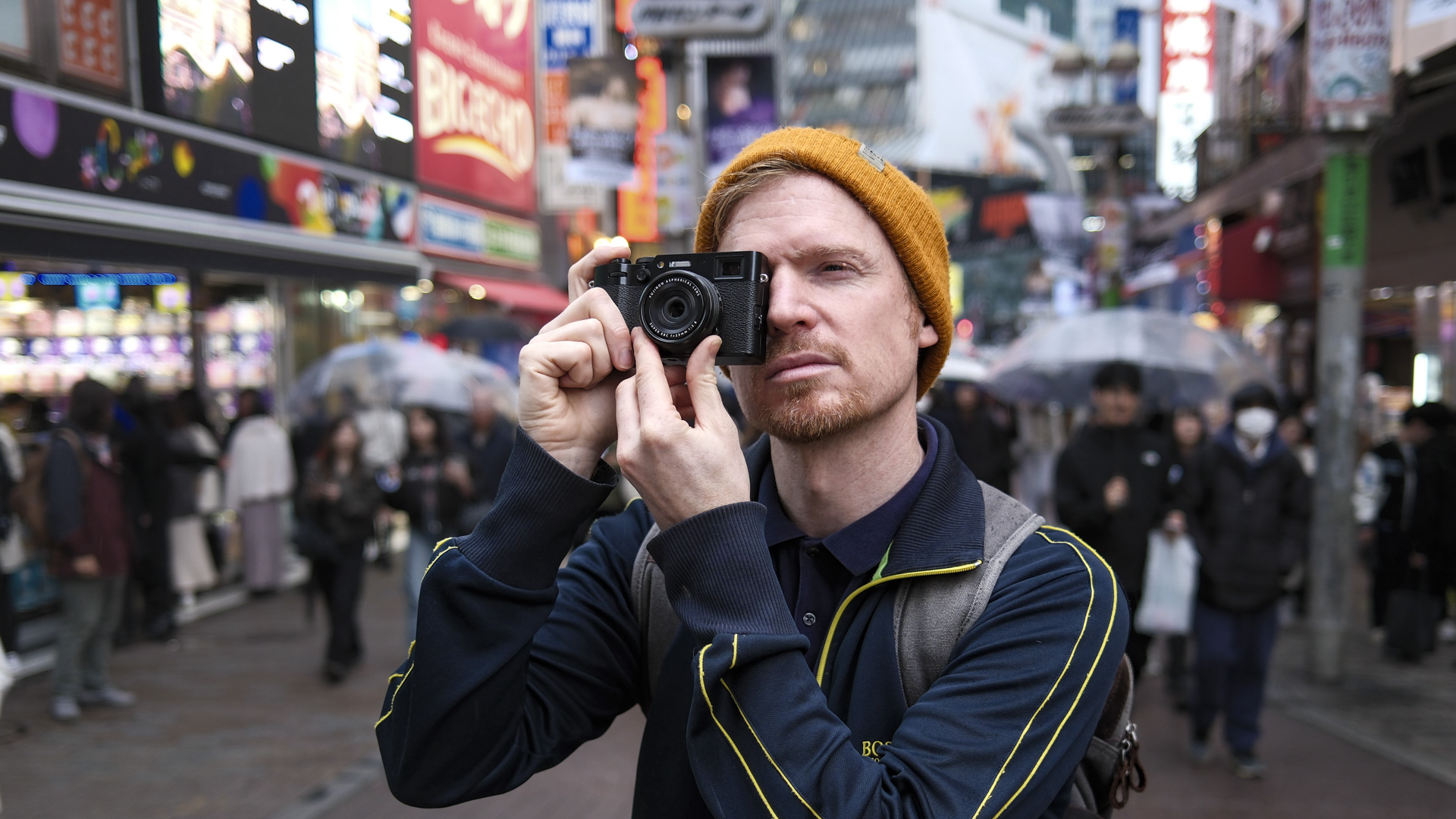
There's also that's plenty familiar here. The retro design has changed, but only a little; this is a slightly heavier camera because it accommodates in-body image stabilization, and if you ask me the extra 10% weight is totally worth it for the additional versatility the IBIS brings. This is still very much a compact camera.
A few features carried over from the X100V now feel like quirks: a single UHS-I SD card slot limits the video and burst-shooting capability, weather-sealing is still only achieved with a lens adaptor attached, and perhaps even the lens focal length (a full-frame equivalent 35mm) is limiting for those that like to shoot wider, especially given that we could easily crop to 35mm thanks to the extra pixels. But the Fujifilm X100VI is a superb compact camera that's unlike any other.
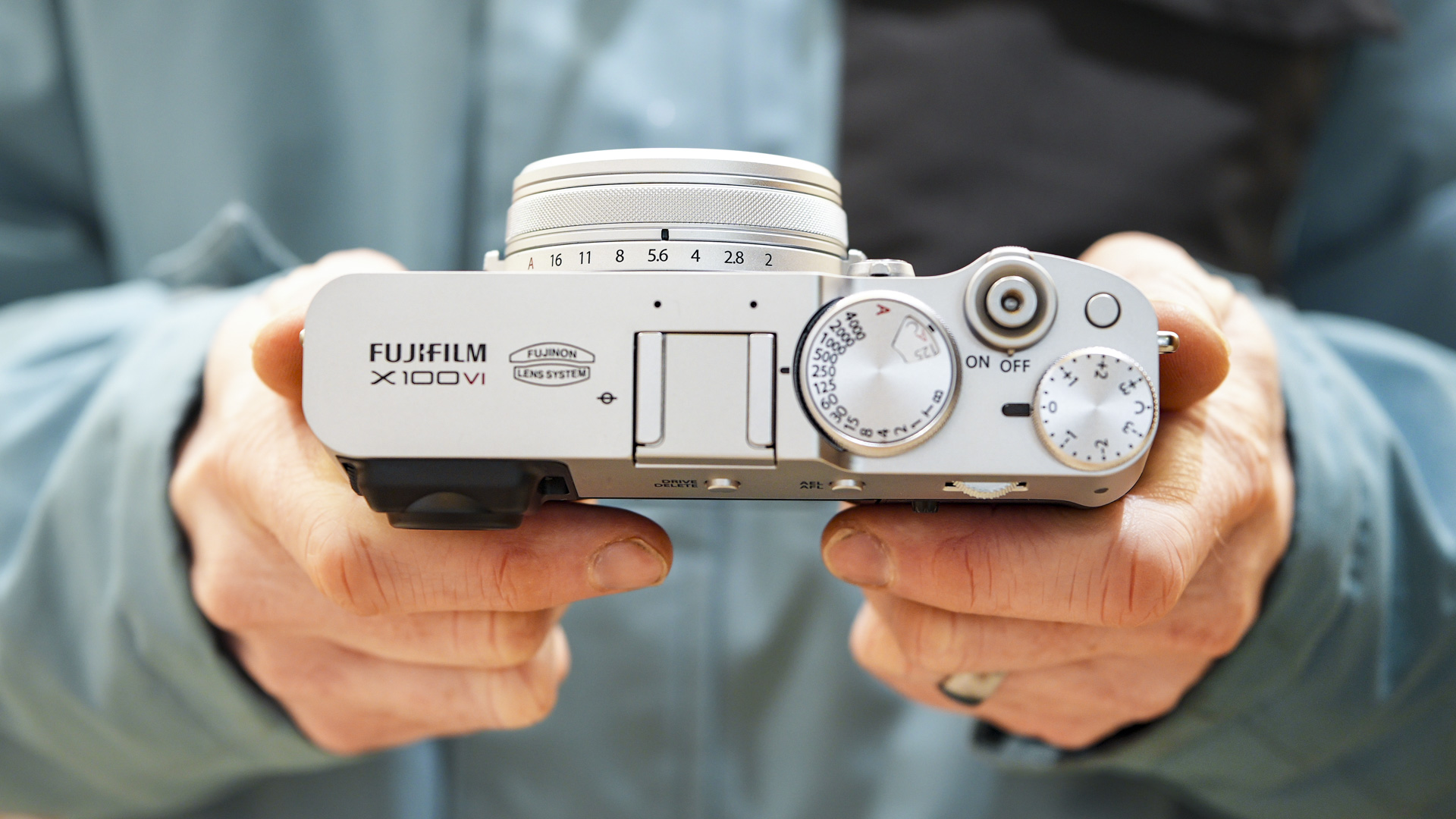
It's so capable in fact that it's hard to see where Fujifilm can go next, besides trying something altogether new, like a new lens with a different focal length, or even creating a similar camera in its GFX series of medium-format cameras.
The pricier Leica Q3 feels more luxurious, and boasts a 60MP full-frame sensor, while the cheaper Ricoh GR III series are simpler and smaller. But right now the Fujifilm X100VI feels like the best premium compact for most people.
Fujifilm X100VI: release date and price
- $1,599 / £1,599 / AU$
- 20% pricier than X100V at launch
- Special edition available for $1,934 / £1,934
The Fujifilm X100VI will be available to buy from February 28, with a list price of $1,599 / £1,599 (that around AU$2,500 – pricing for Australia is TBC). To mark 90 years of Fujifilm there's a special-edition model of the X100VI that's limited to 1,934 units – 1934 being the year Fujifilm was founded – with each model having its unique number etched onto its top plate. This special edition comes with a strap and different etchings, but is functionally identical to the standard X100VI and costs $1,934 / £1,934. Sales of this camera begin on March 28, while in the UK sales are exclusively in-person at the London House of Photography from April 6 – expect queues.
Fujifilm X100VI: design and handling
- Retains the same style, lens and superb hybrid viewfinder
- First X100-series camera with in-body image stabilization
- Tilt-touchscreen flush in the body when stowed
- Slightly improved battery life
If you love the X100V, you'll appreciate the Fujifilm X100VI even more. And if you've never shot with an X100-series camera the X100VI embodies everything that has defined and popularized the Fujifilm brand.
Retro styling abounds, in the brushed aluminum top and bottom plates, the old-school exposure control dials (the dual-purpose shutter speed / ISO dial is stunning), the faux-leather body, and a hybrid viewfinder that gives you both an optical and electronic display, which you can switch between with the push of a button – the X100VI successfully straddles the analog era and the 21st century camera experience.
We also get a tilt-touchscreen that sits flush in the body when folded away, although you can't flip it around and out of sight altogether like you can a vari-angle screen, which I'd prefer. Still, this is a camera that suits low-level shooting – which I did a lot of to capture reflections in a wet Chinatown in London, and in Tokyo during the Fujifilm X-Summit – and even more so for those who prefer a viewfinder. Prefer optical? You've got it. Want to make sure your exposure settings are okay? You simply have to briefly activate the 3.69m-dot electronic display.
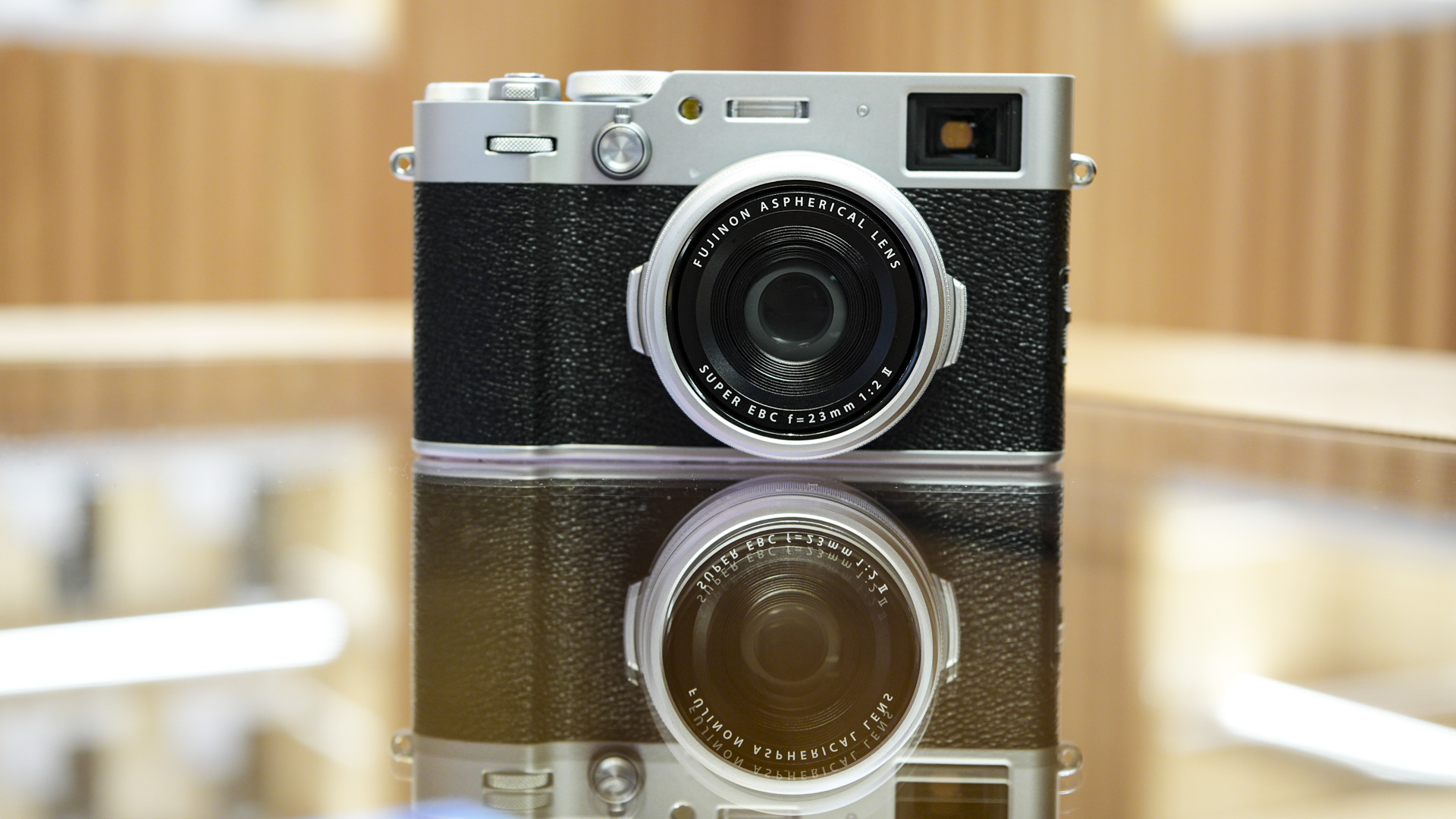
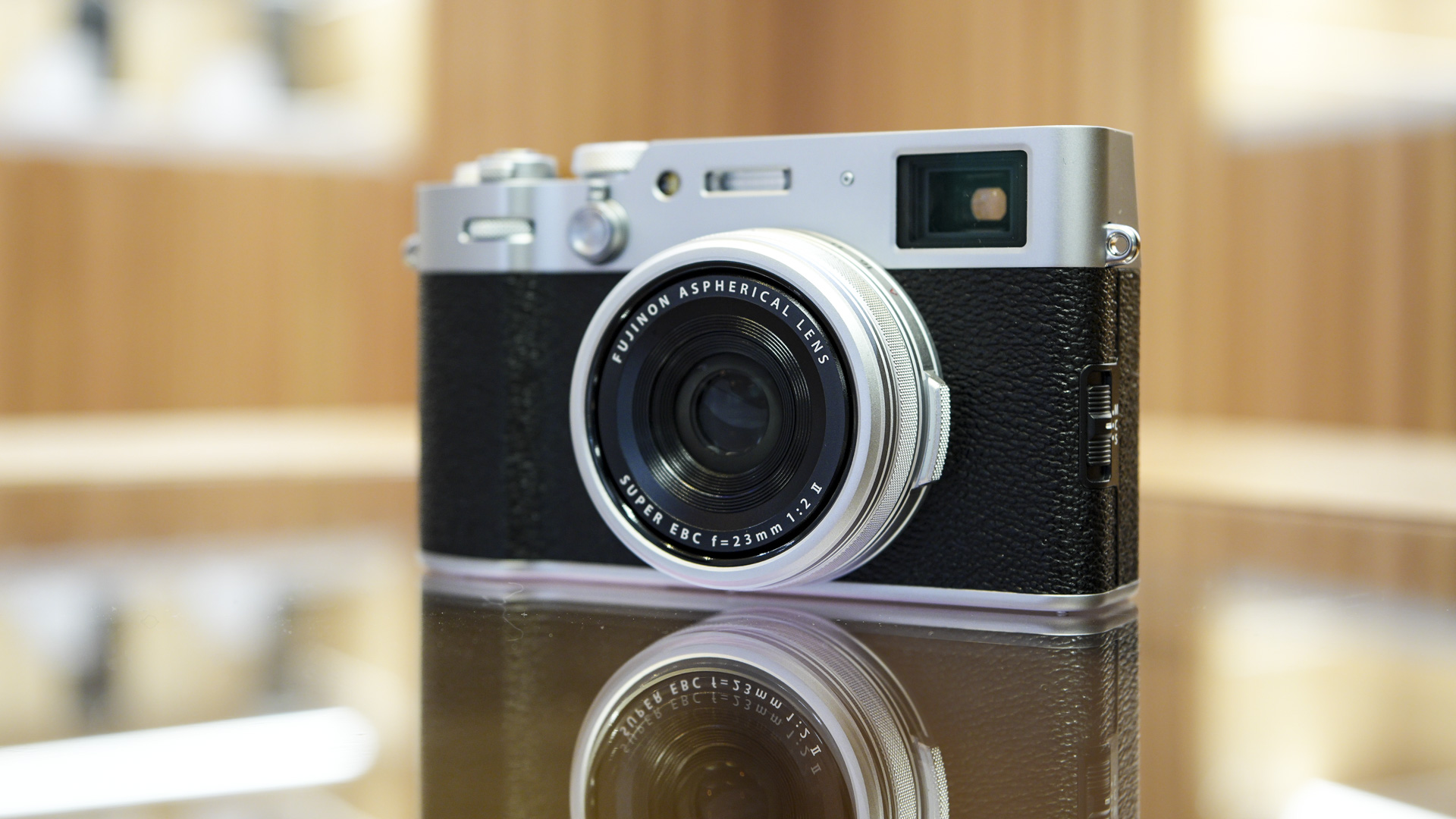
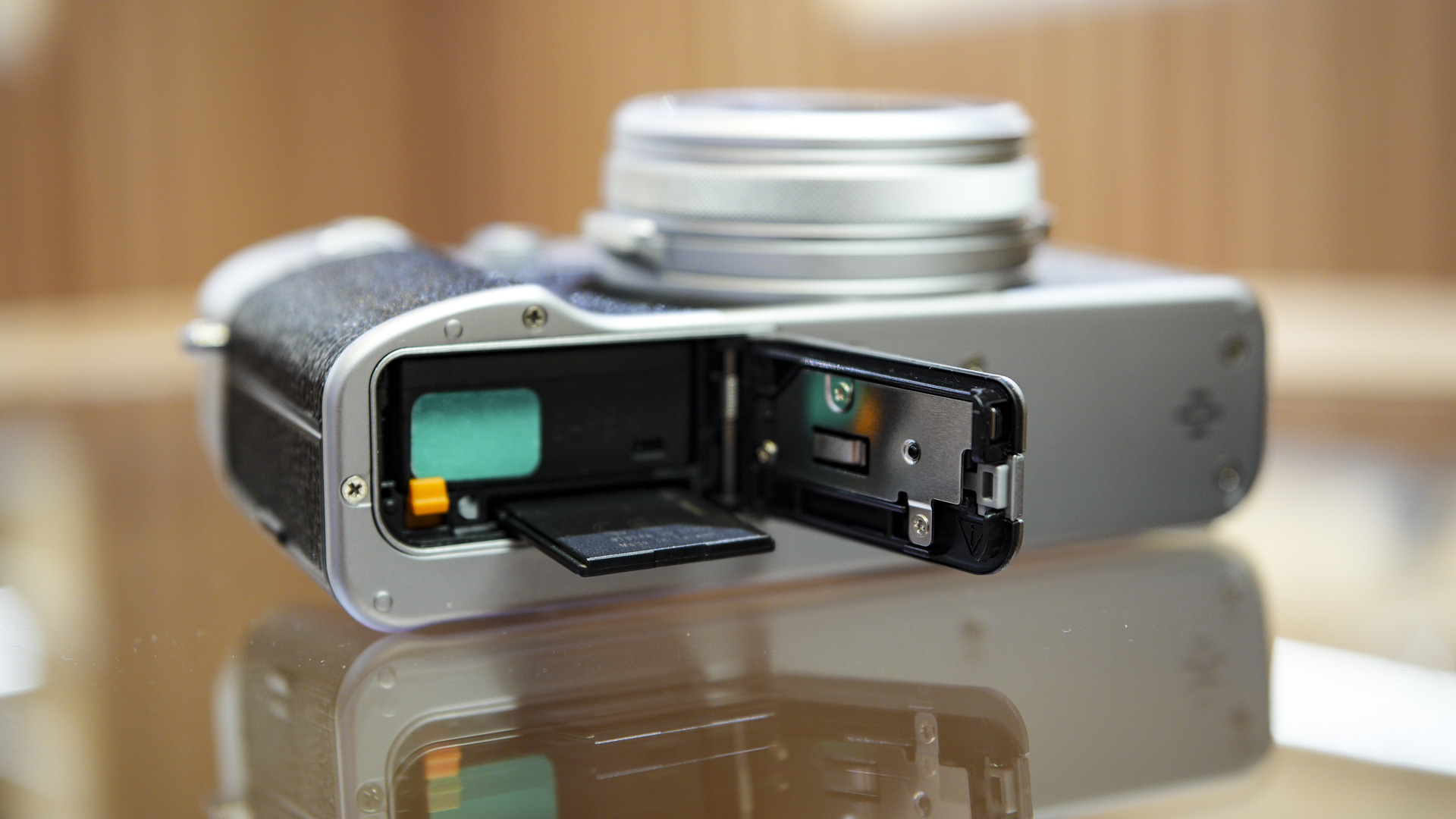
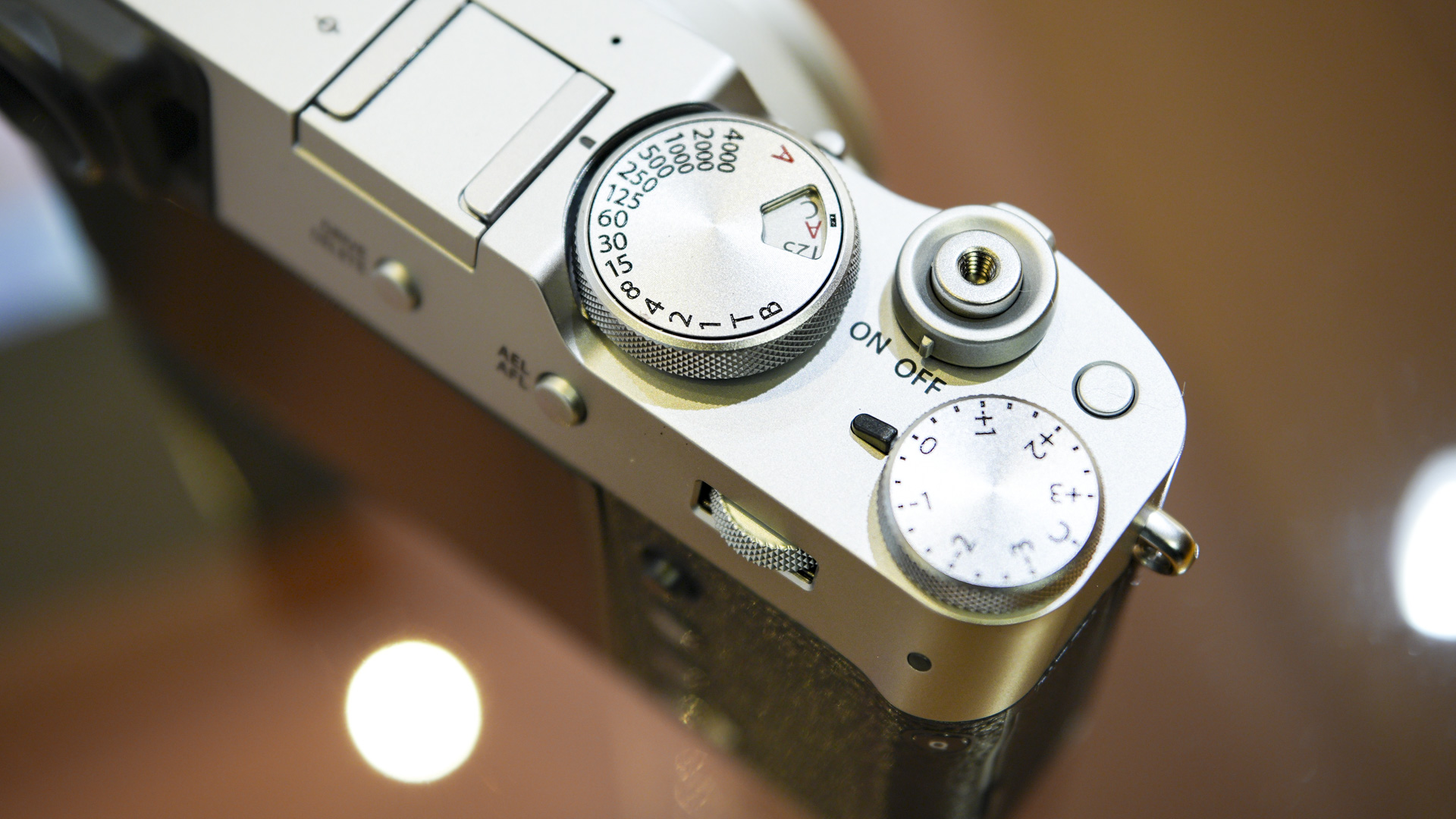
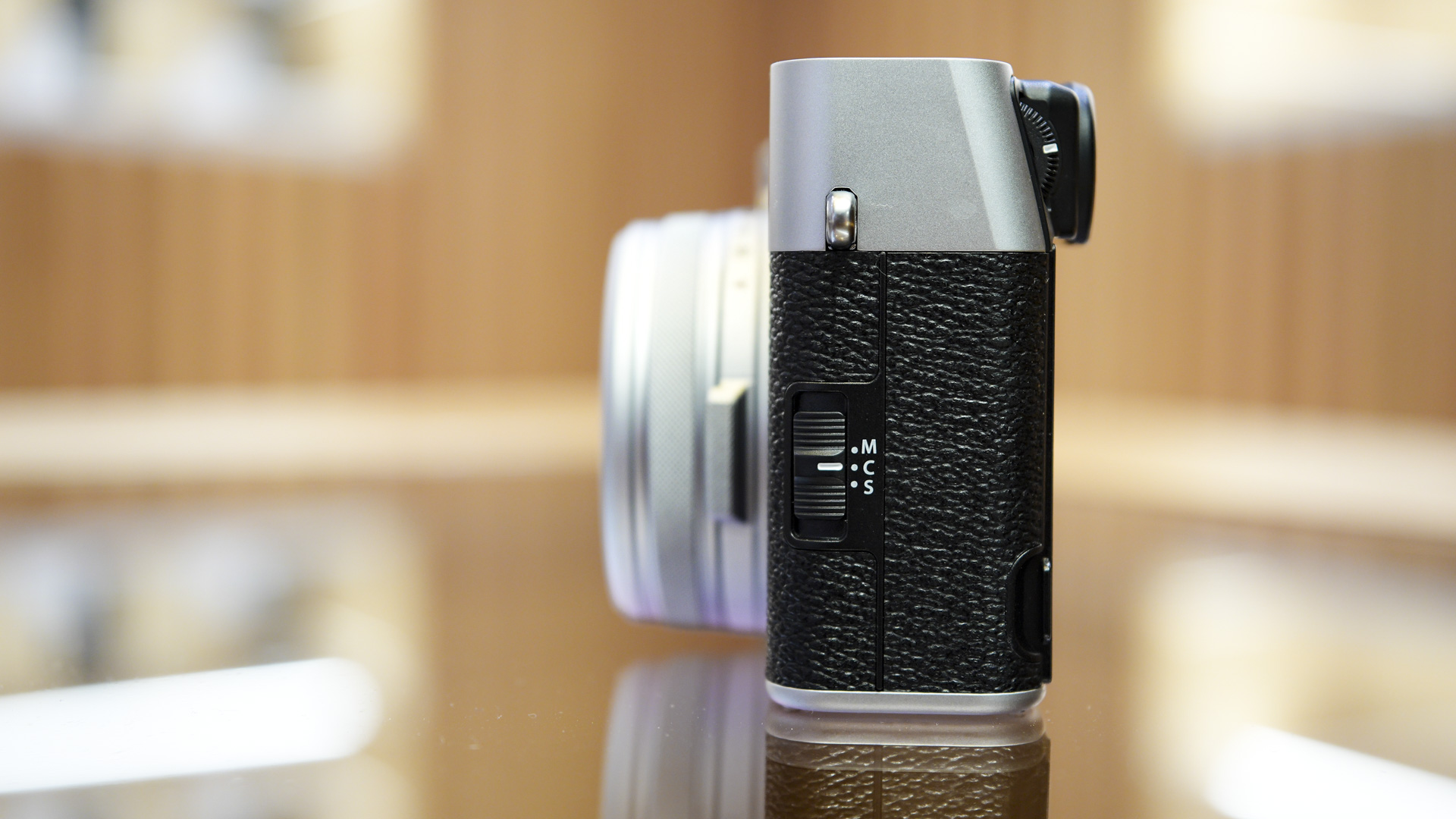
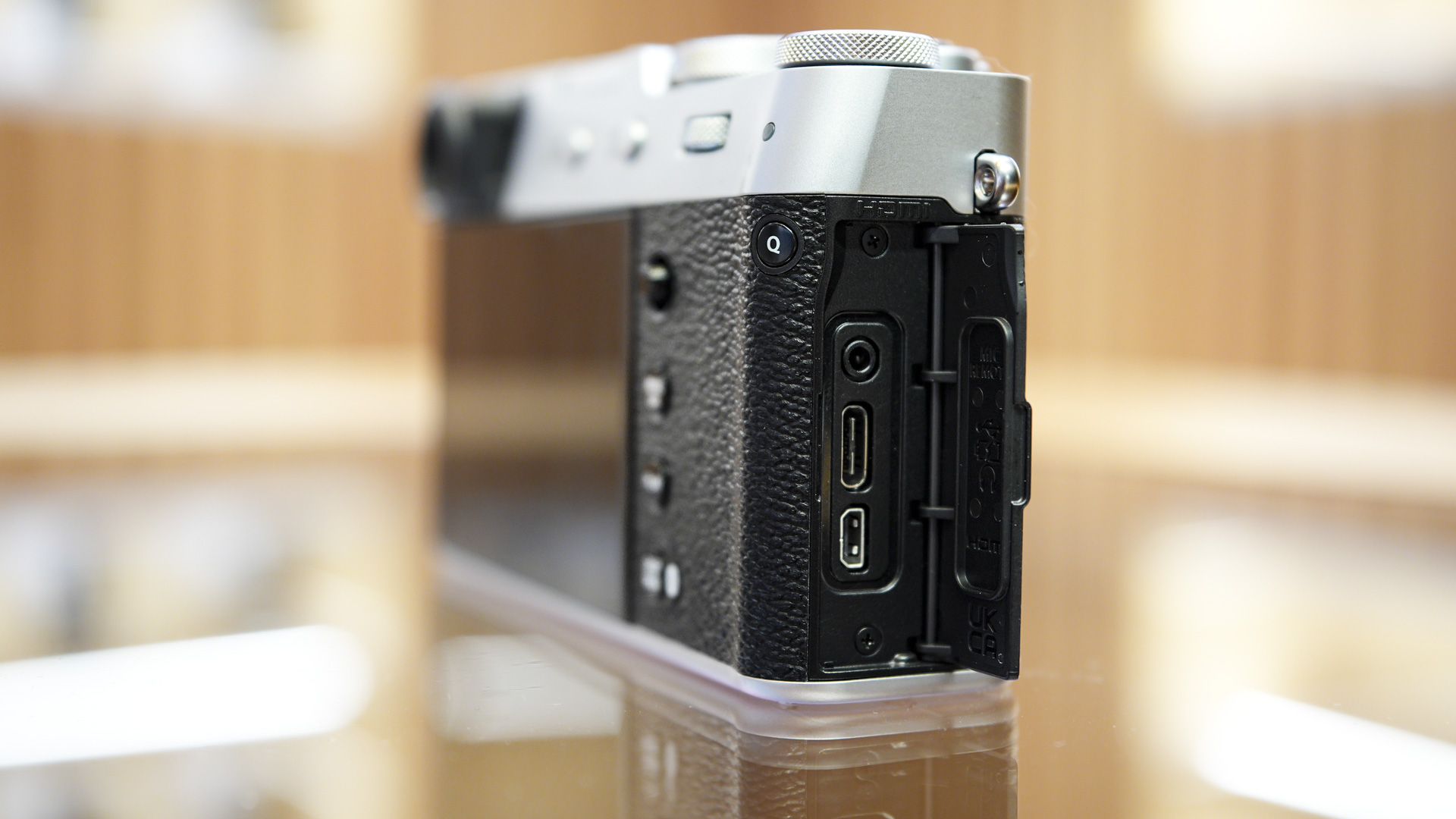
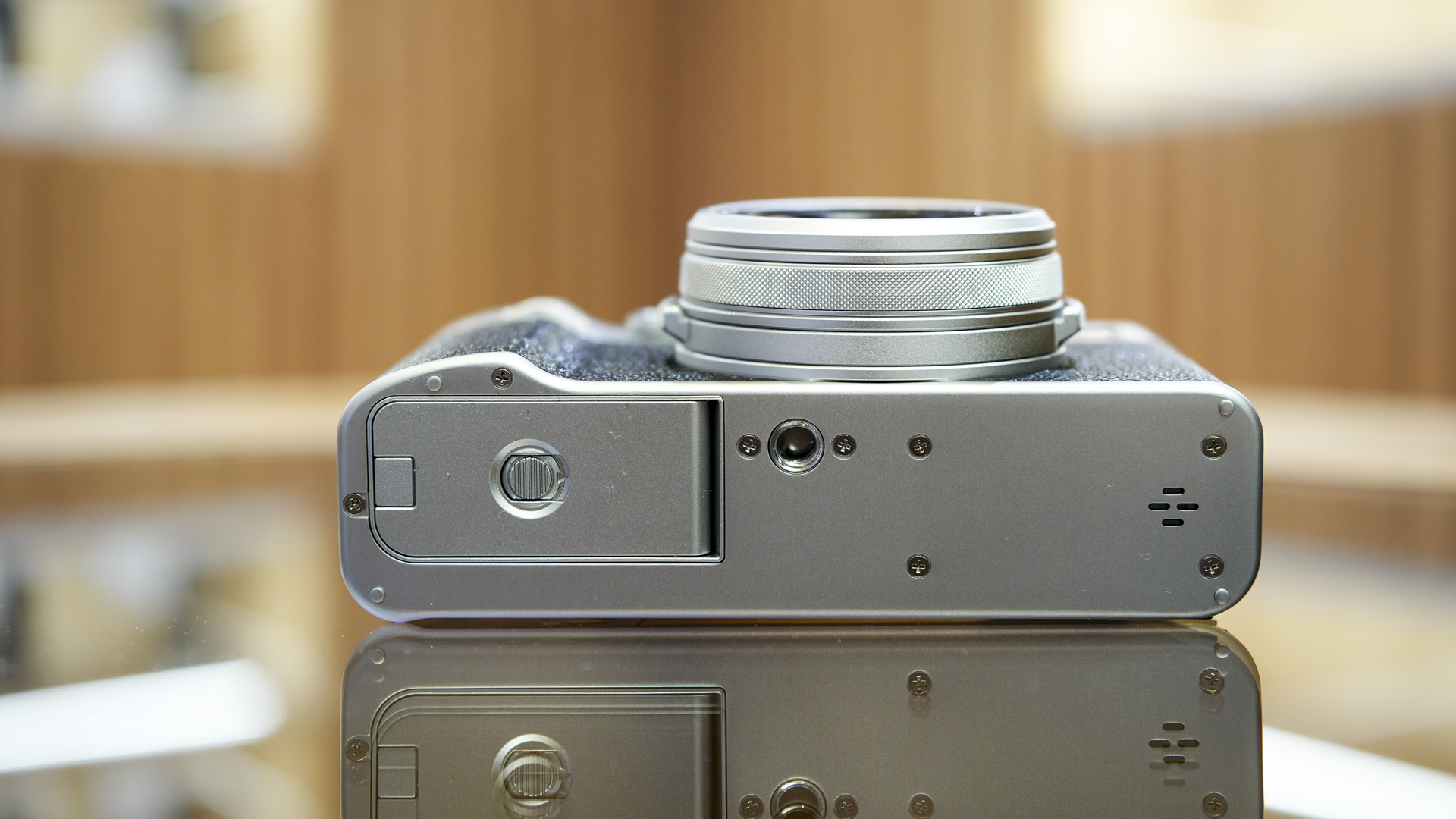
The controls are all logically placed and within easy reach, and once you've taken the time to dig through the menus and set up the camera how you wish you can keep the viewfinder up to your eye and make adjustments without having to look for the required button or dial.
The lens is the same fixed 23mm f/2 lens as on the Fujifilm X100V, with an aperture control dial and a control ring that allows you to adjust your choice of any one of several settings, including the digital teleconverter with 50mm and 70mm lens-effect settings. This is a proper street photography camera.
Battery life has been improved from the X100V despite the new camera using the same battery – camera brands are finding ways to conserve power more effectively. That said, in-body image stabilization is power hungry, and the use of it mostly negates the battery life improvement – you get around 450 shots from a full charge.
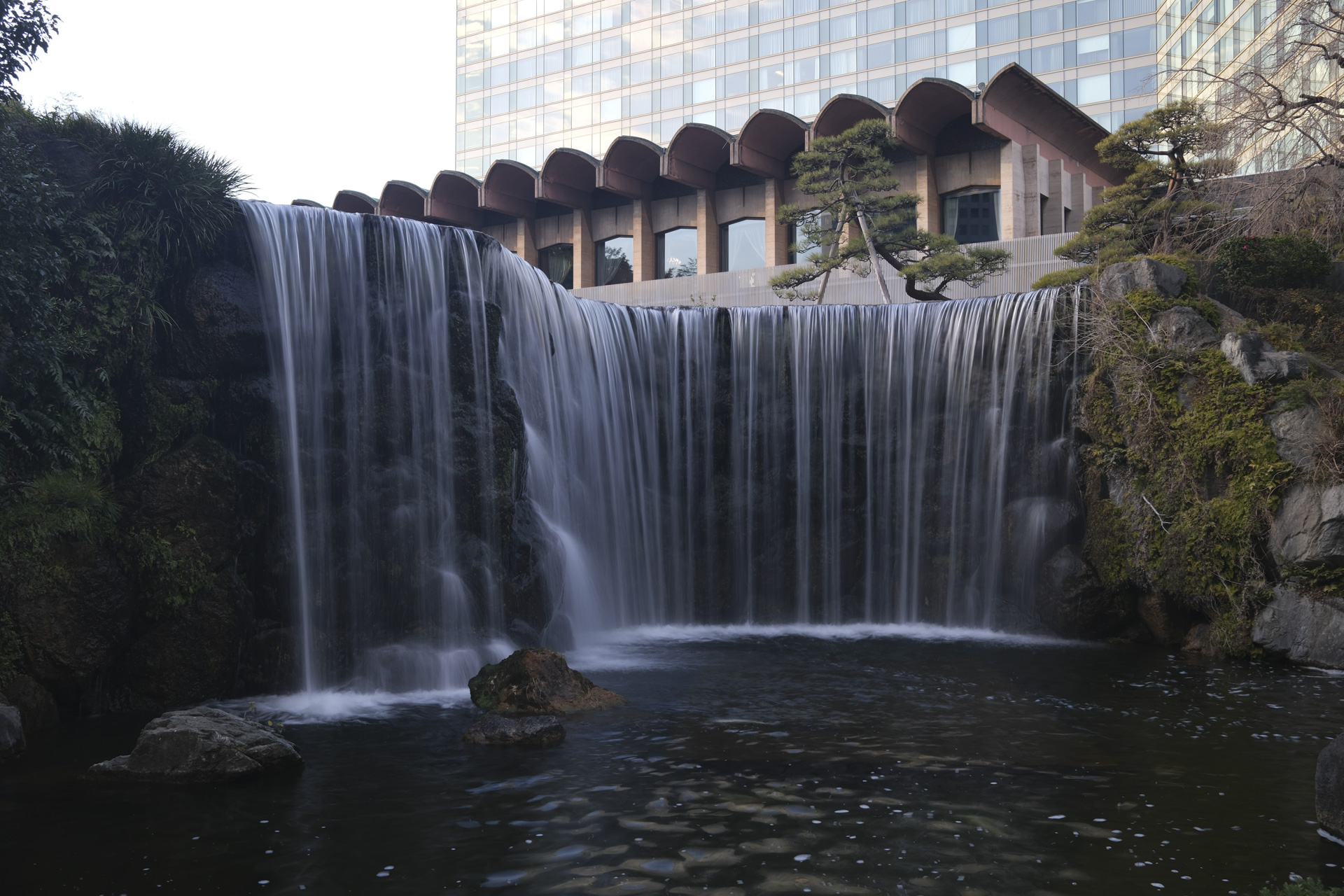
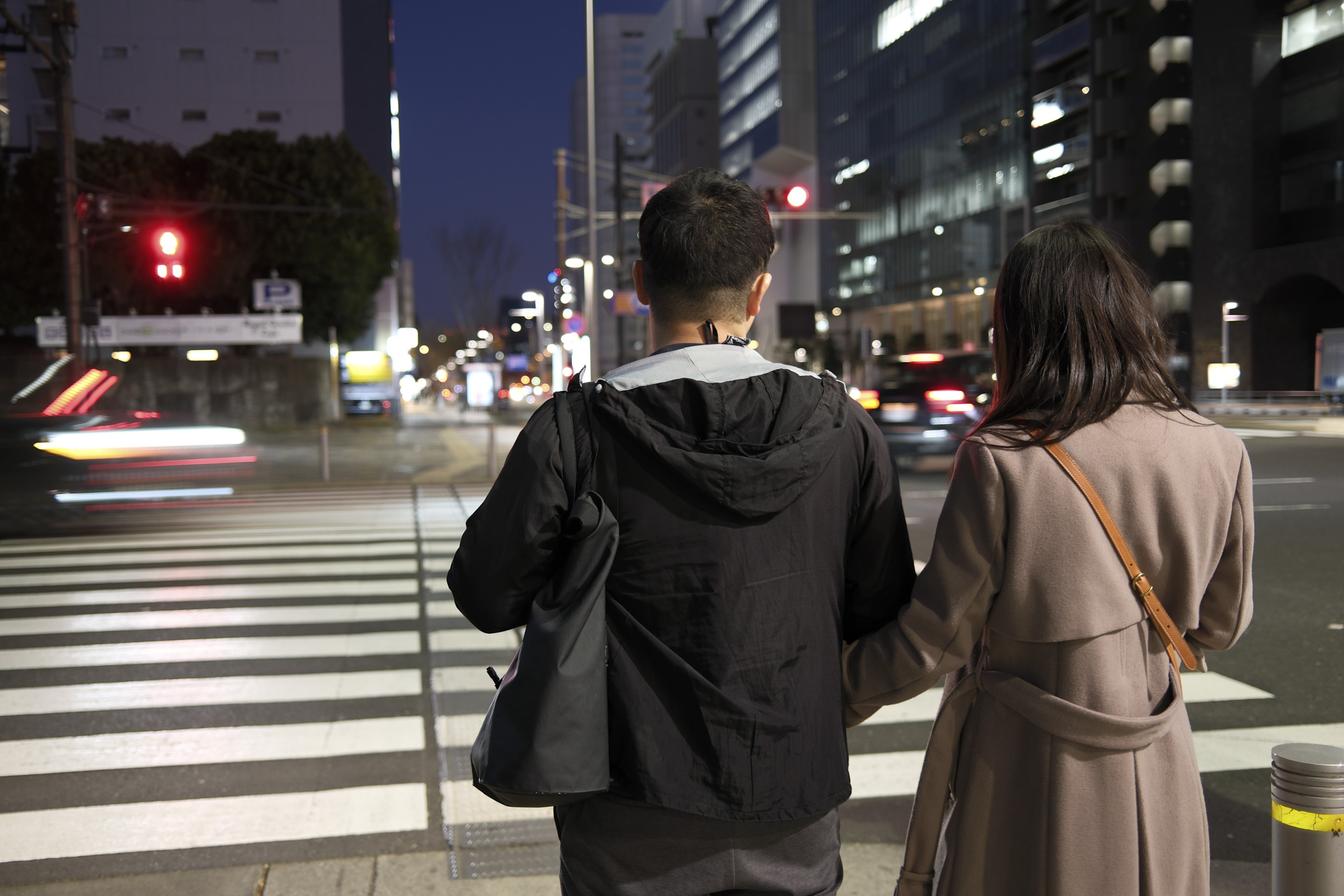
The new sensor-based image stabilization has been custom designed for the X100VI, and this was probably number one on my upgrade wish list for an X100V successor. These are cameras that are designed to be used handheld, and in-body stabilization allows you to get sharper shots at slower shutter speeds. Fujifilm says image stabilization is effective up to 6-stops, but in my tests, I found IBIS 100% effective up to 3EV – that's a shutter speed of 1/4sec – and a big drop in my hit ratio of sharp shots using slower shutter speeds.
You can make use of the new in-body stabilization and the existing built-in 4-stop ND filter for creative slow shutter speed effects that weren't possible before, while a built-in ND is useful for video work. You can shoot using the X100VI's f/2 aperture in reasonably bright light with the kind of shutter speeds needed for video, around 1/60 sec.
The new image stabilization feature necessitates a slight increase in size and weight, and while the size difference is negligible, the X100VI is around 10% heavier than the X100V at 521g (incl battery and card). I still class it as a compact camera though, and the extra weight is completely worth it in return for the practical gain.
Given that the lens is exactly the same one as on previous models, the same lens accessories will work with the X100VI, including the lens hood and the wide and tele conversion lenses.
Fujifilm X100VI: features and performance
- Same X-Processor 5 engine and autofocus system as the X-T5
- Up to 11fps continuous burst shooting in full quality
- Direct Frame.io cloud uploads
The Fujifilm X100VI utilizes the same X-Processor 5 engine as the X-T5, making this the most powerful X100-series camera to date.
It's also packing Fujifilm’s most effective autofocus system yet, with tracking autofocus for both photo and video recording, as well as subject-detection autofocus with options for birds, animals, vehicles and planes.
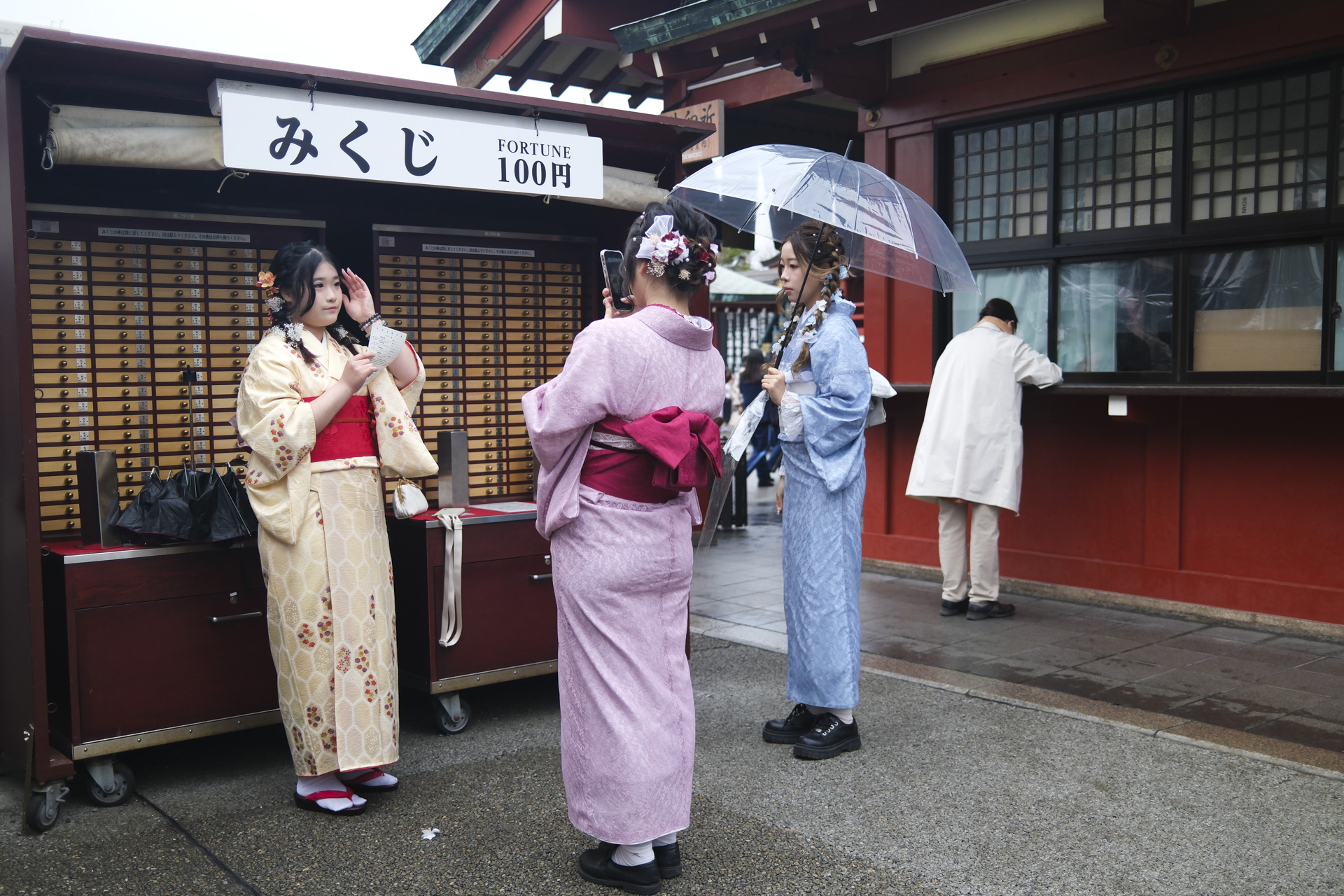
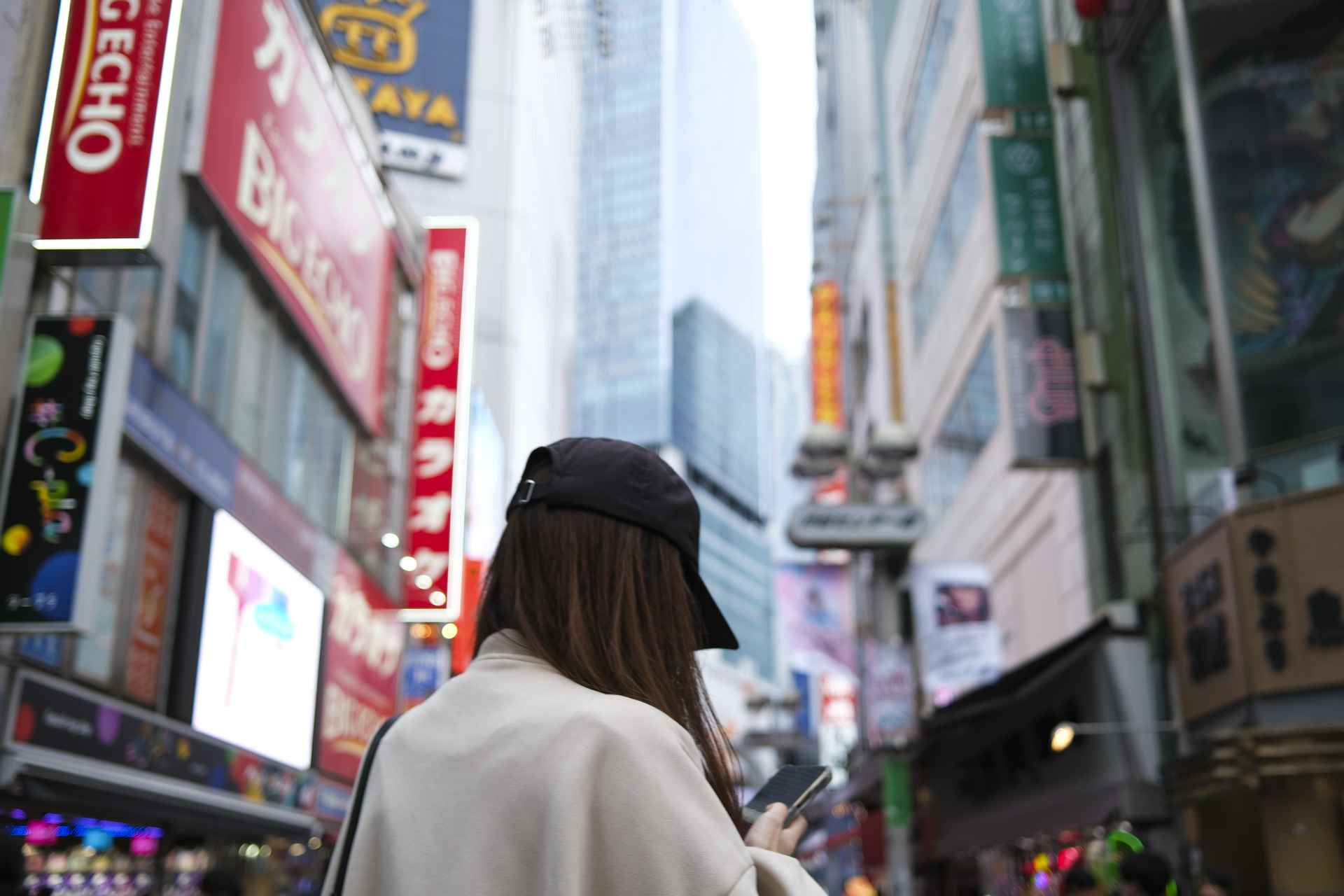
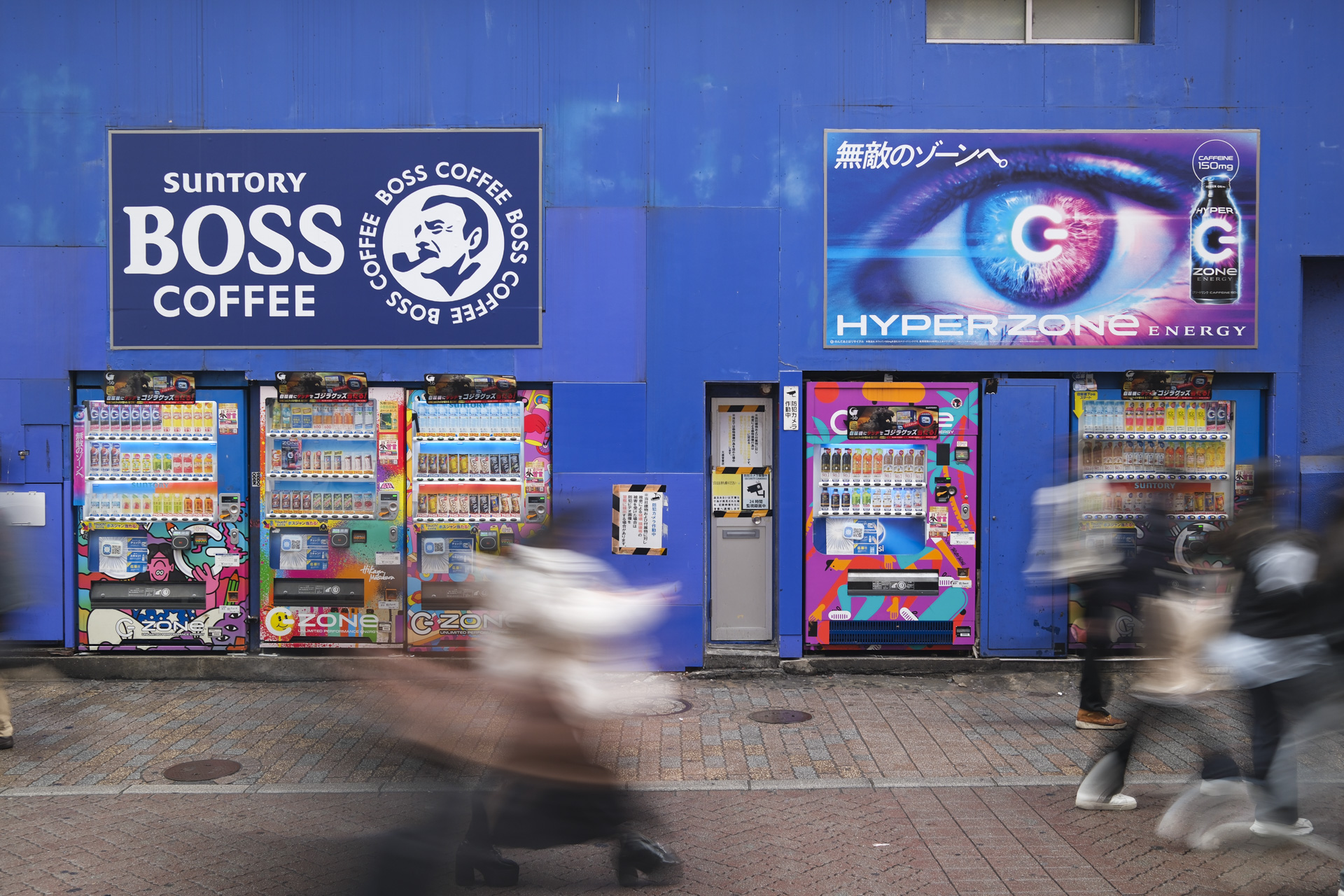
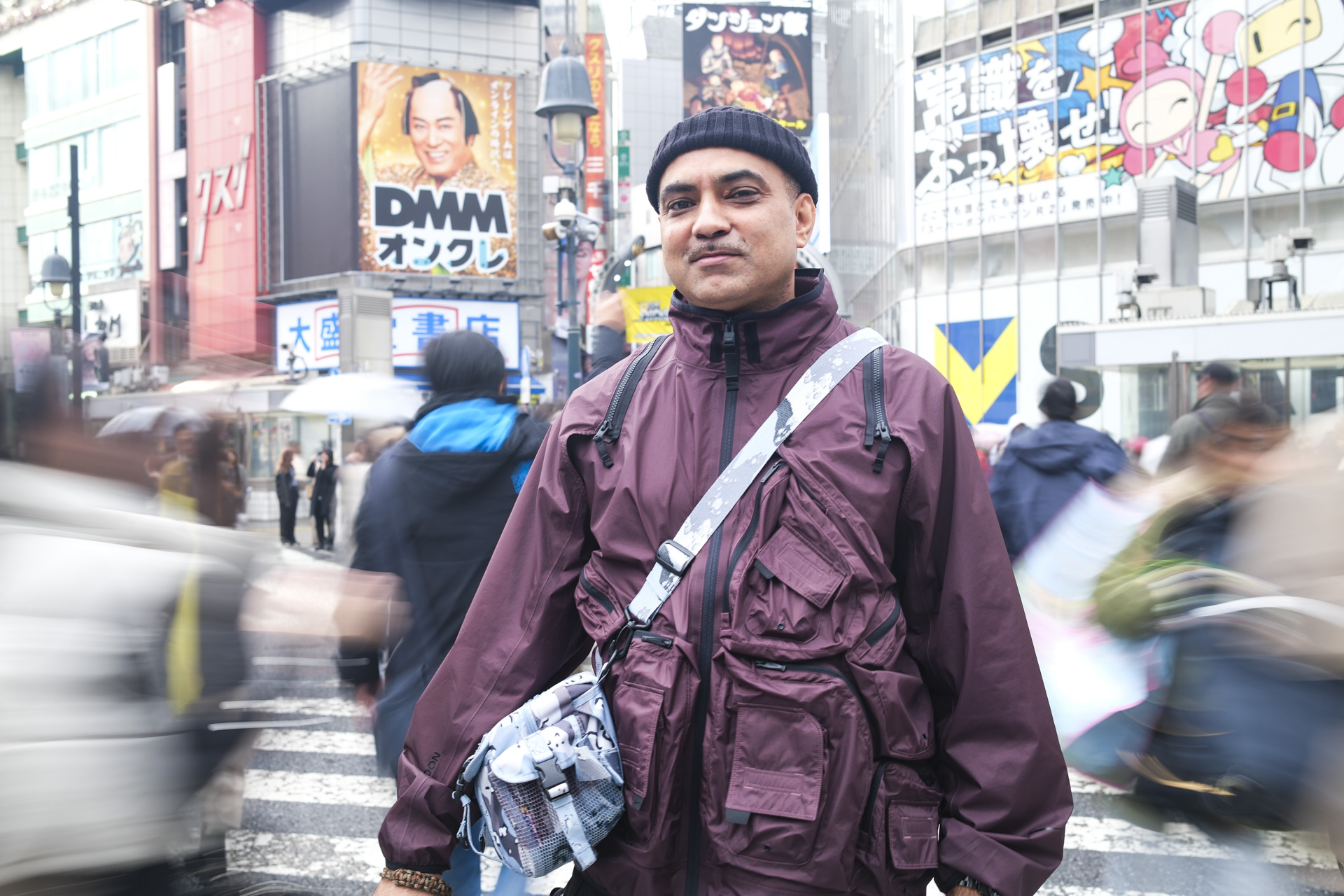
Those who prefer to take control of focus can switch to manual using the switch on the left-hand side of the body, and set up the camera with a generous selection of manual focus aids that include magnification, peaking (setting red to the highlight edges works well), and even a split image or ‘digital microprism’ that works very much like the old rangefinder focusing system – you align the two image within your display to achieve sharp focus.
Other modern conveniences include comprehensive wireless connectivity for image capture and uploads, and also includes direct Frame.io upload to cloud for photos and videos, although you'll need a separate subscription for that service.
Fujifilm X100VI: image and video quality
- 40MP APS-C sensor with usable crop modes
- 6.2K video
- 20 film simulations including the latest Reala Ace
With the Fujifilm X100VI being so new it's not yet possible to process the camera's raw files, but image quality is a known entity, because the 40MP APS-C sensor is the same as the one in the X-T5, and the lens is the same as the one on the X100V, which I'm assured is sharp enough to compliment the higher-resolution sensor. In short, images are bigger than those from the X100V, and detail is super sharp across the entire image area.
There's also a digital teleconverter that replicates a 50mm lens (a 'medium' image size of 20MP) and a 70mm lens (a 'small' image size of 10MP). With the increased 40MP full size image, those two digital crops are entirely usable.
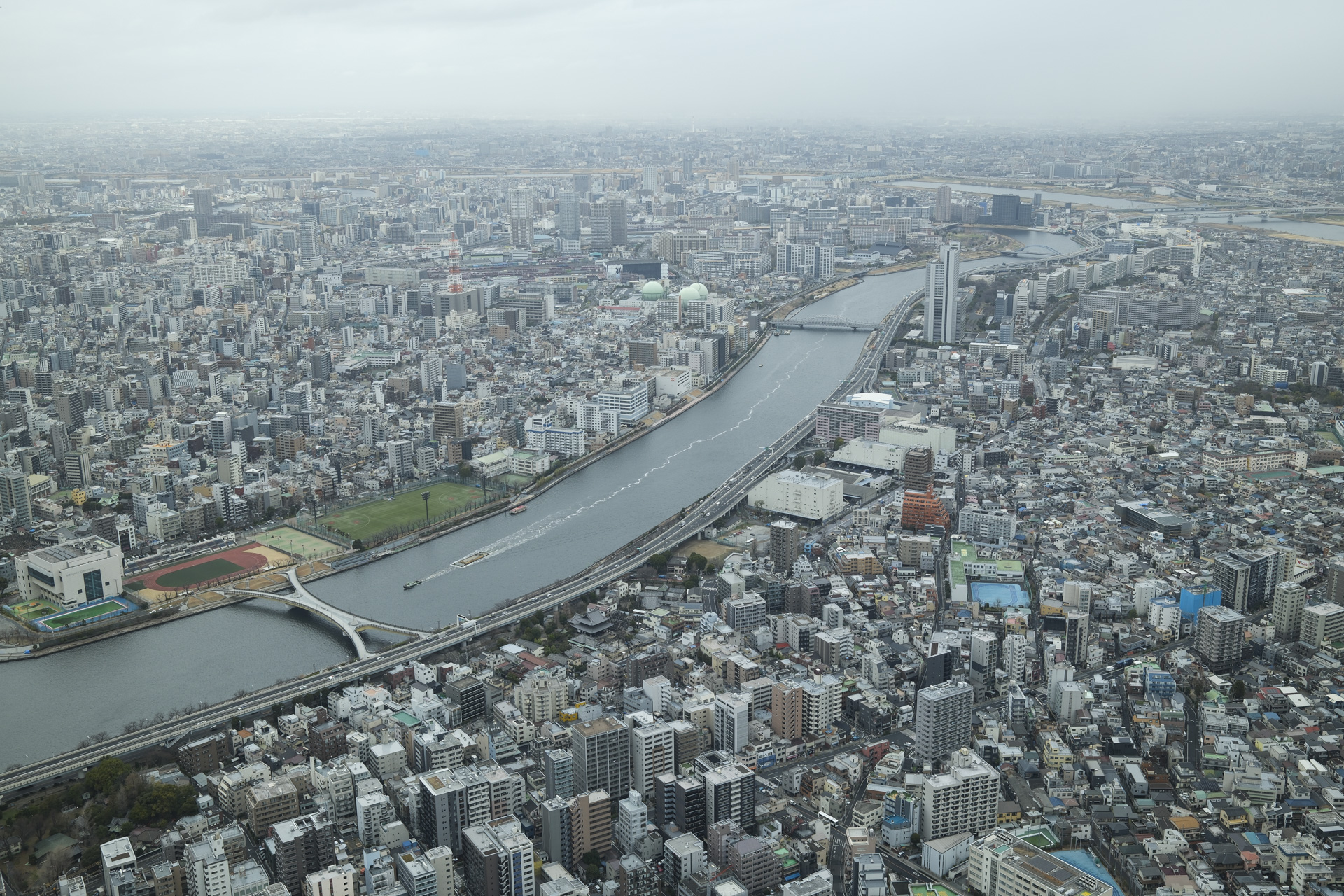
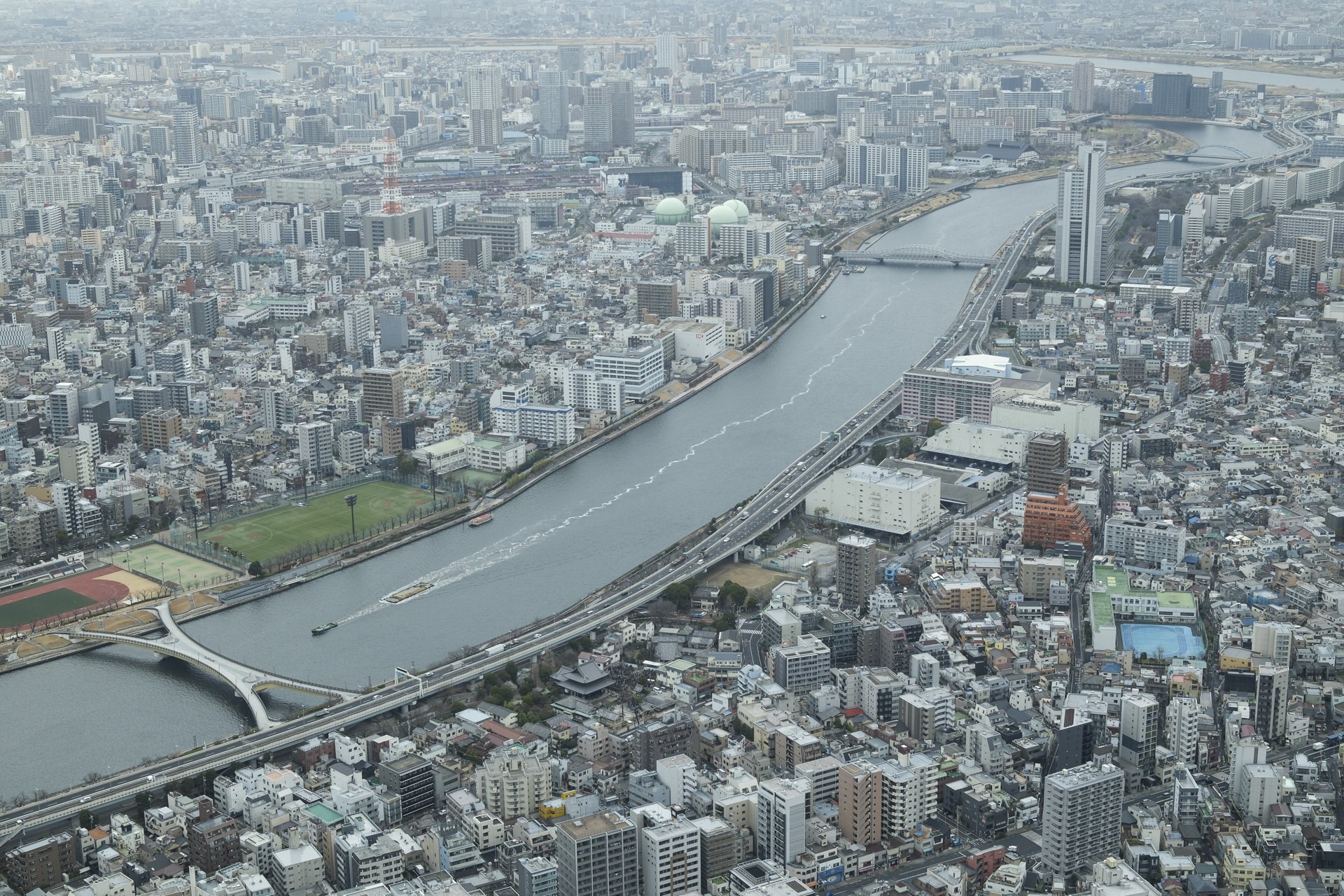
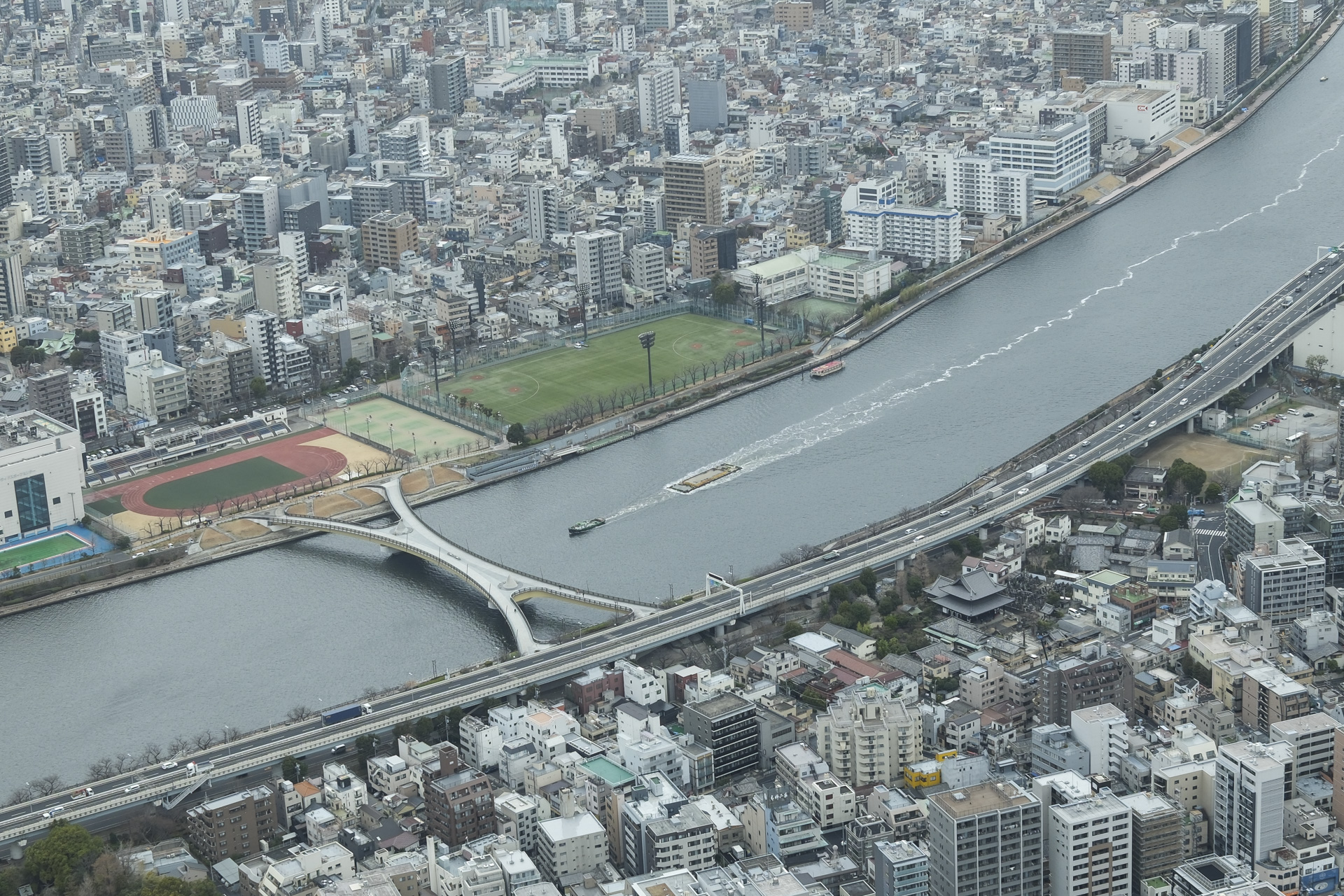
Design-wise this is very much a stills photographer's camera, but in terms of features and image quality the X100VI is a decent video camera too, thanks to 6.2K resolution up to 10-bit and 200Mbps bit rate, in-body image stabilization with additional digital stabilization, and Fujifilm's capable autofocus with active subject tracking.
You also get Fujifilm log color profiles for video to maximize the sensor's dynamic range, plus the full suite of Fujifilm film simulation modes, which now number 20, six of which are black-and-white looks with different lens-filter effects to accentuate particular tones – red and orange make for punchy skies, while green brings out skin detail in portraits.
I liked to shoot using film simulation bracketing mode to get three looks at the same time, with some of my favorites including Provia (standard color), Reala Ace and Acros black and white. If you shoot in raw you can choose another film simulation afterwards using the in-camera raw conversion editor.
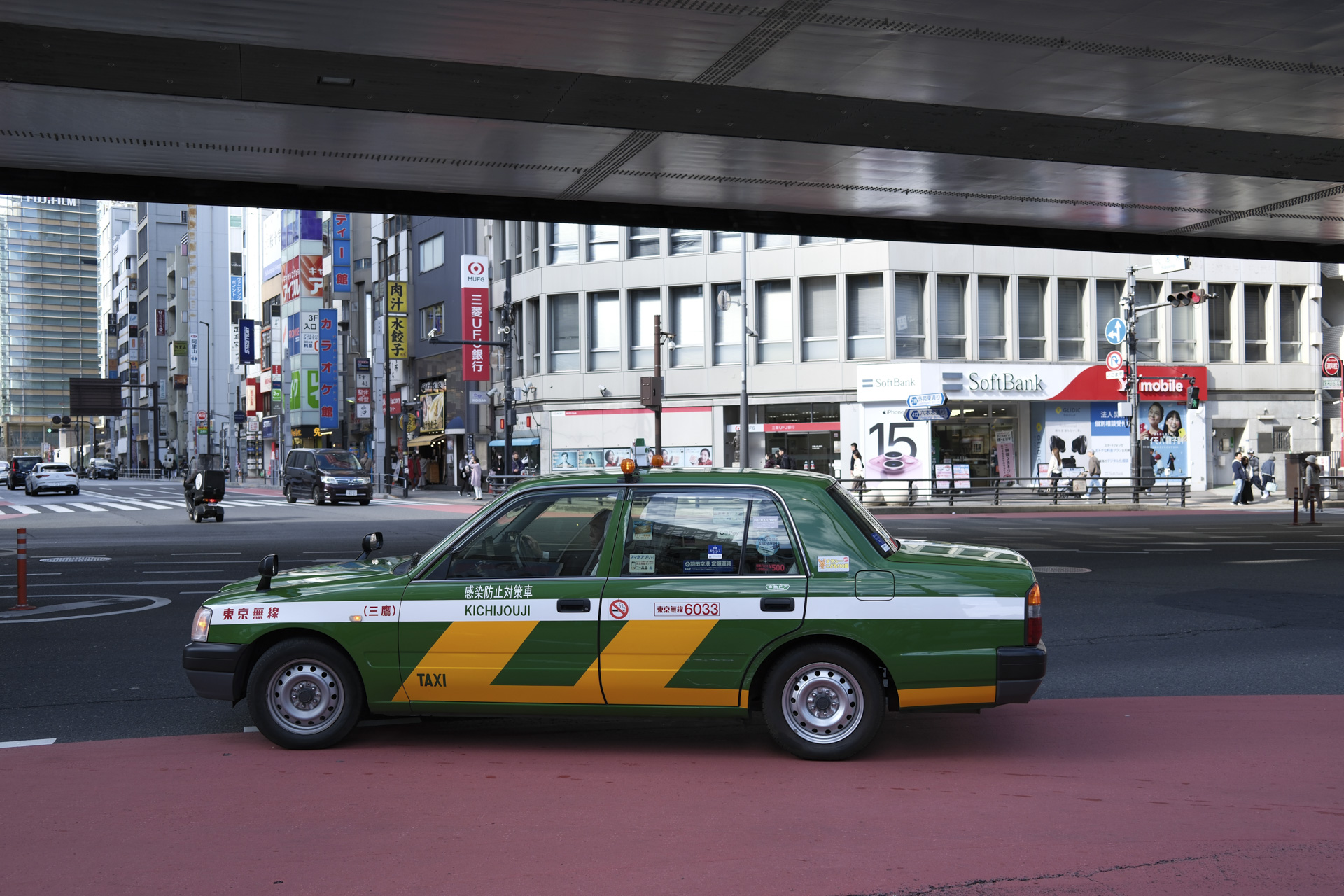
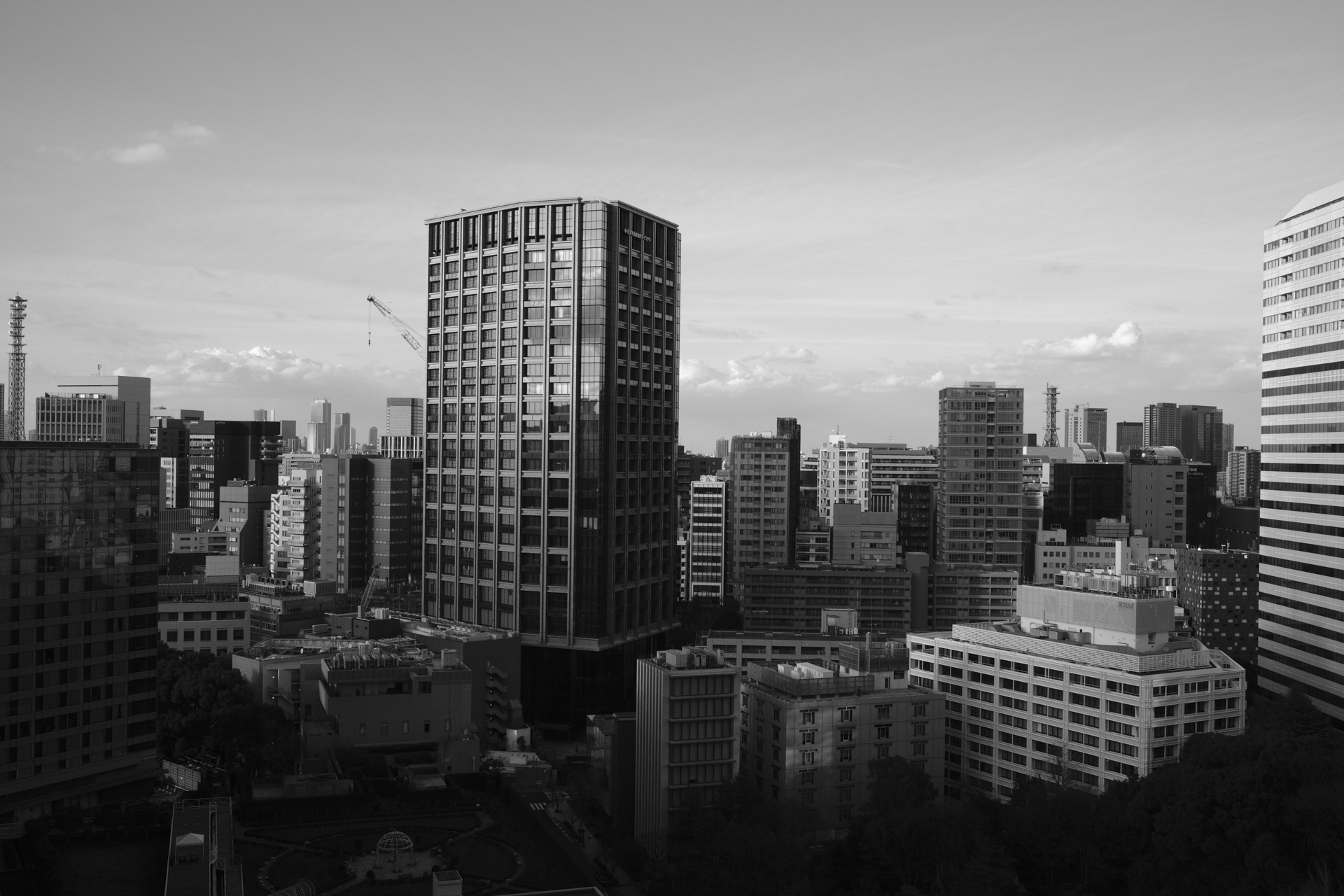
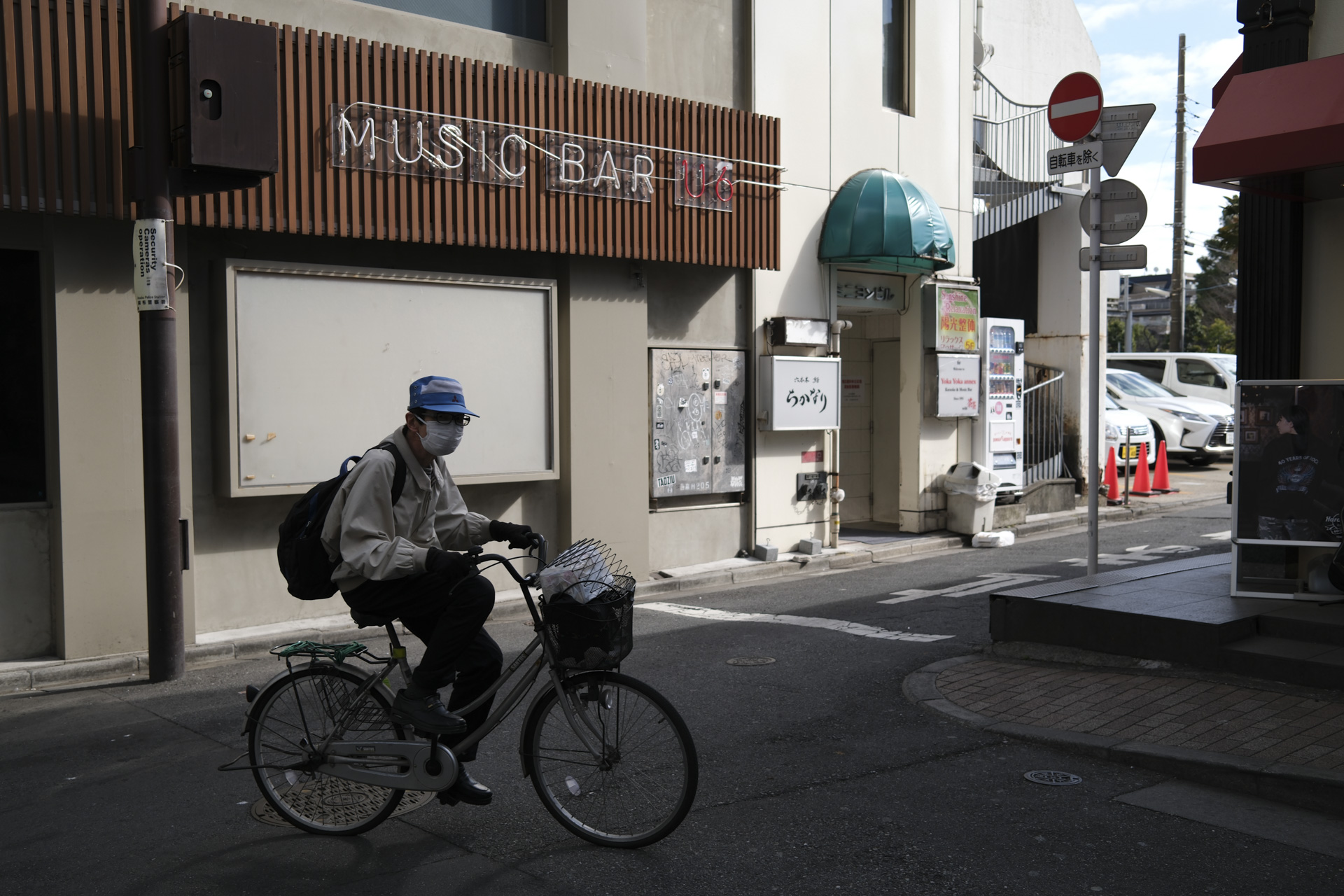
If like me you like to shoot in aperture priority and maintain some control of shutter speed suitable for the scene, you can define the minimum shutter speed in the auto ISO menu – that's another custom setting I create before shooting.
Let's not forget the impact in-body image stablization and better subject detection autofocus has on image quality too – countering motion blur at slower shutter speeds and reliably acquiring sharp focus.
Fujifilm X100VI: early verdict
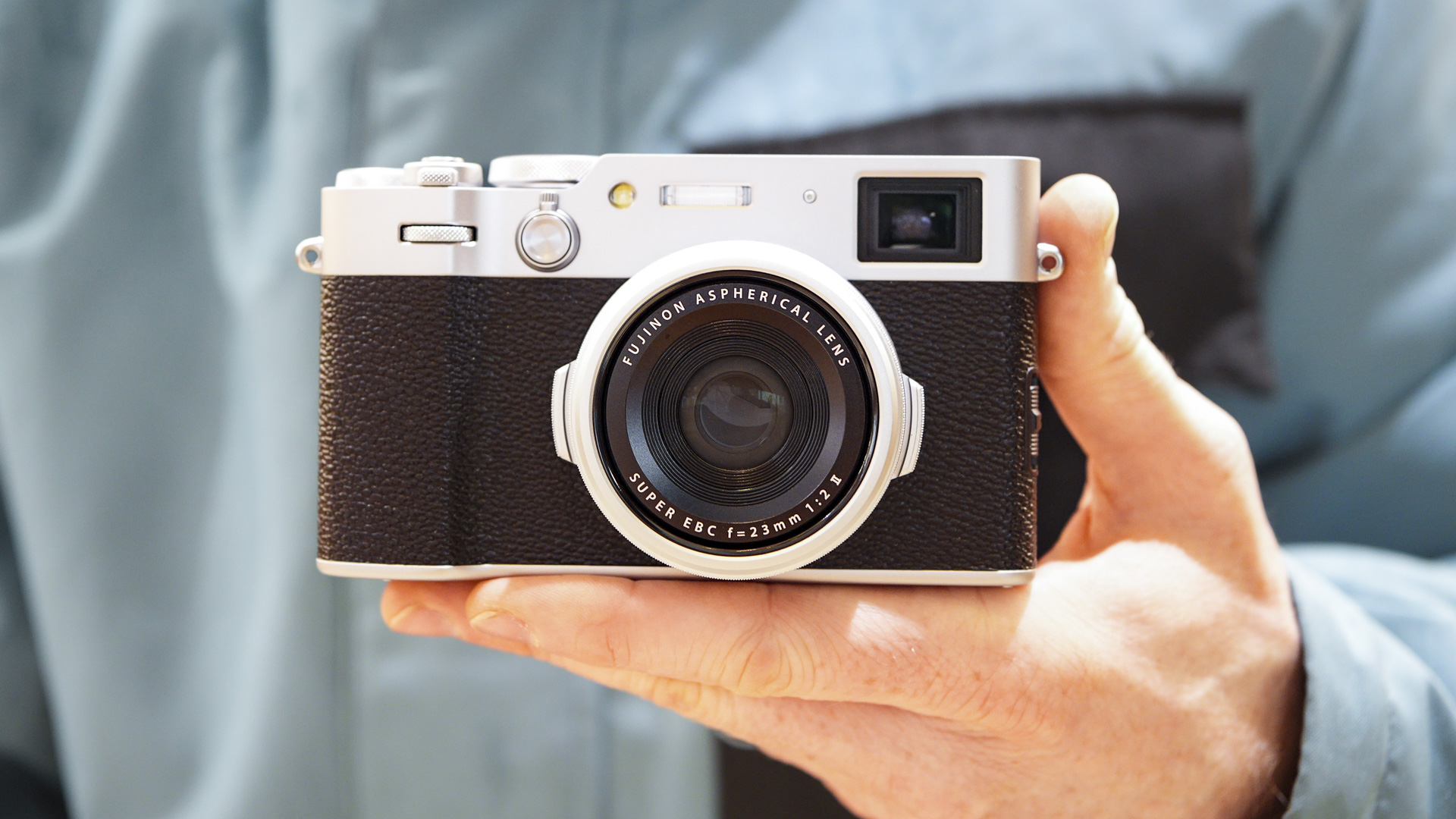
The wait was worth it. Finally the Fujifilm X100 series, which has for so long been popular for capturing every day street and reportage photography, has a model with in-body image stabilization, paired with a versatile 40MP APS-C sensor. There's a feeling that the X100VI could be the high-water mark for the retro-styled line with its unique hybrid viewfinder – how else can Fujifilm improve on its tried and tested fixed 23mm f/2 lens besides broadening the range with different fixed-focal-length lenses? Or perhaps by rolling out this fixed-lens concept to its medium-format GFX range? No, this sixth-gen model could be as good as the series gets and around for many years – we have a new premium compact camera champion on our hands.
Fujifilm X100VI: how I tested
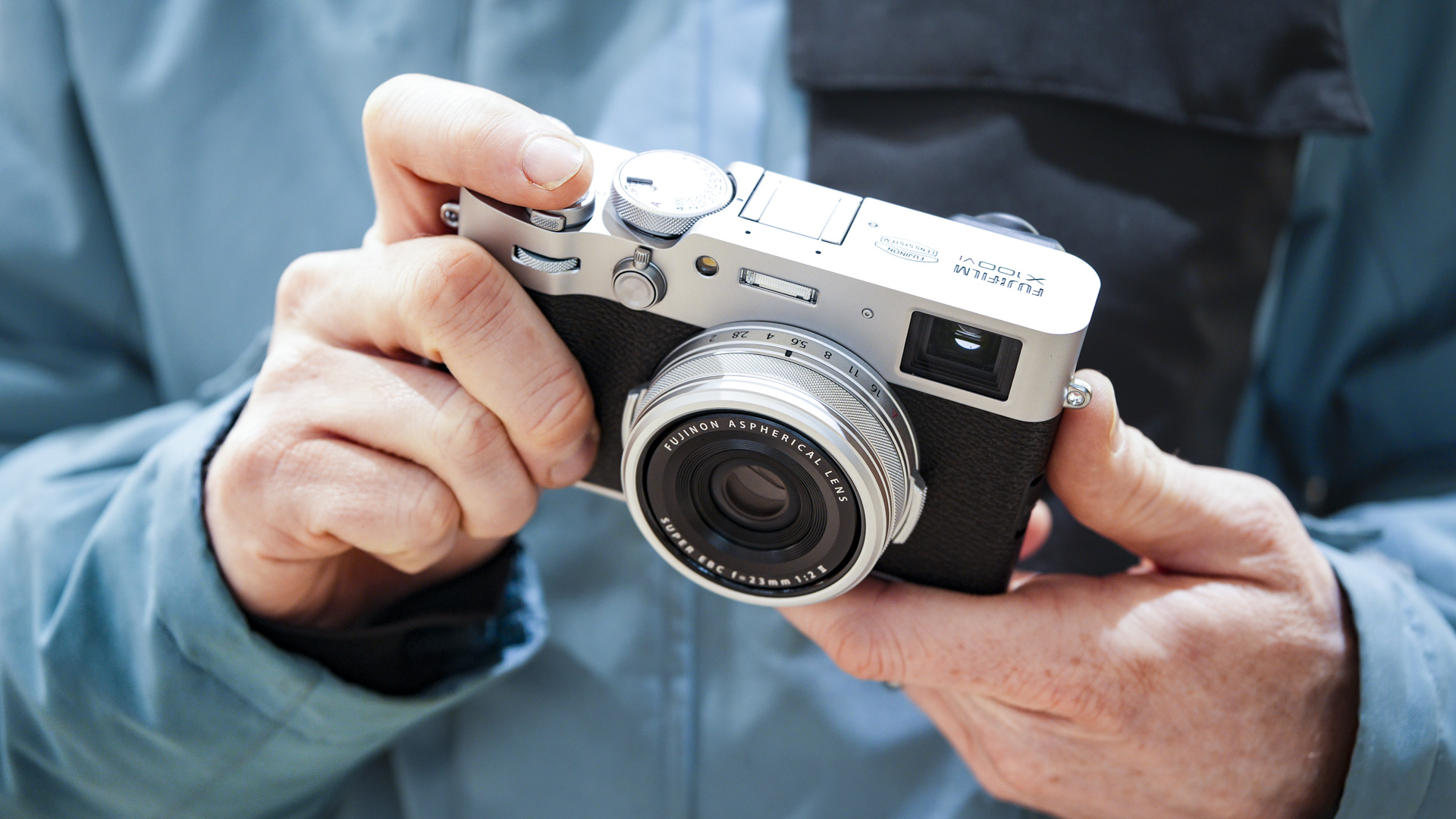
- Several days by my side
- Plenty of street photography experience
I used the Fujifilm X100VI for an afternoon in London, prior to spending a week with it at and around the Fujifilm X-Summit in Tokyo, during which time it was by my side continuously with plenty of opportunities to test its everyday camera and street photography credentials.
I’ve taken sample photos in raw and JPEG, although I've not been able to process the raw files as they're not yet compatible with photo editors yet; I will, however, be able to do that for my upcoming full review of the camera.
Naturally I’ve pushed the new features to their limits, shooting 40MP stills and testing the 11fps continuous burst shooting, in-body image stabilization and 6.2K video modes, as well as the new autofocus system.
0 comments:
Post a Comment